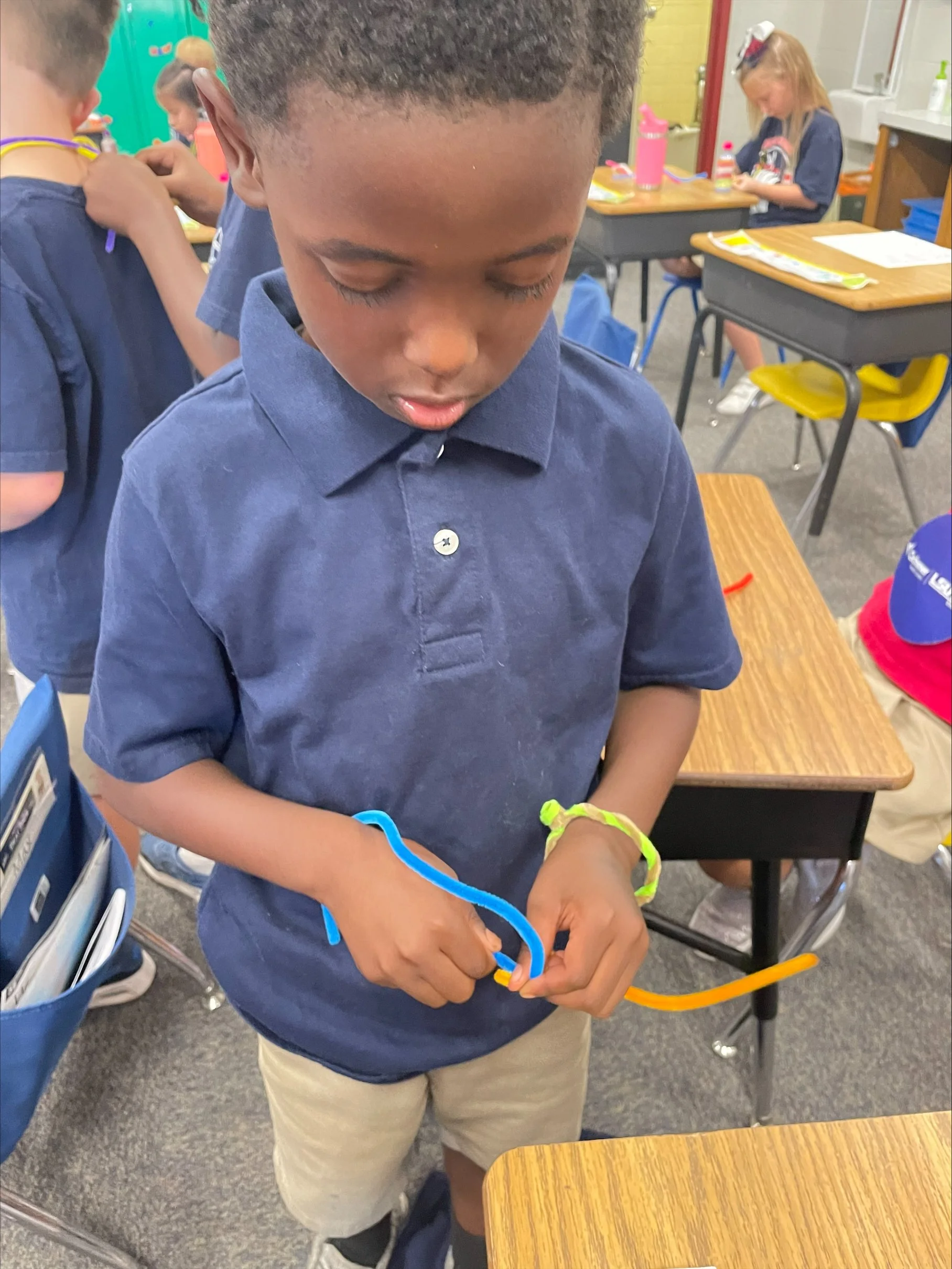
Support for Communities
You as a Wire Hero! helps children learn to create and appreciate visual aesthetics. In recent years, schools in the United States have shifted toward the subjects of reading and math, and cut arts programming. Simple creative activities are some of the building blocks of child development. Art gives a sense of accomplishment in ways a sheet of math problems or a boring reading assignment could never do.
The goal of this project is to share James’ many years of both teaching this compelling art form and his experiences using his art personal as a tool to build greater self esteem.
Children in arts programs get to make real things, things they can show to their peers and family. Unlike ceramics or painting, wire sculpture can be practiced in any classroom without the need to spend any more time on cleanup.
Art education strengthens problem-solving and critical-thinking skills. According to a report by Americans for the Arts, the experience of making decisions and choices in the course of creating art carries over into other parts of life. Children can learn to work with small changes that effect large systems in ways that are difficult in non-artistic classroom activities. Younger students can feel a sense of satisfaction in a finished job. Older pupils can take their artistic talents into other classes in ways that enrich their studies. Art is a bridge that makes crossing over to the side of success in more academic subjects easier.
When a child expresses themselves and takes a risk in creating art, they develop skills that will be important in their adult lives. Society needs people who are innovative in their thinking to help build a better world. Communities move forward when members are inventive. Art encourages the process and the experience of thinking and making things better. Even for students who do not make a living off their art, these skills lead to improved self esteem and hobbies that are life affirming well past their time in school.

